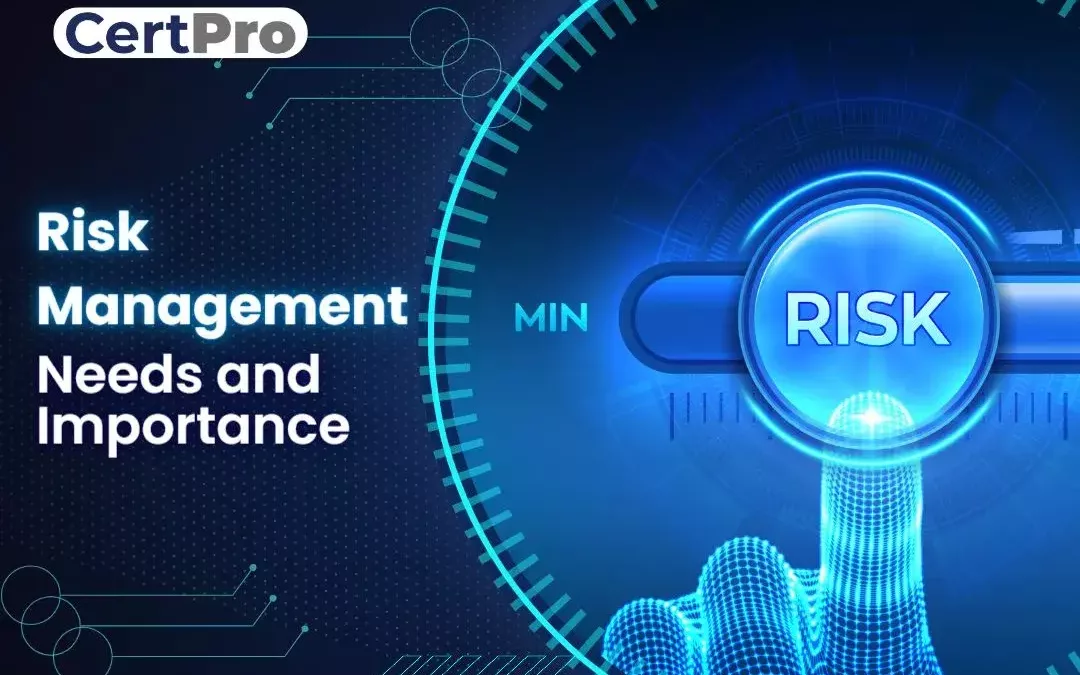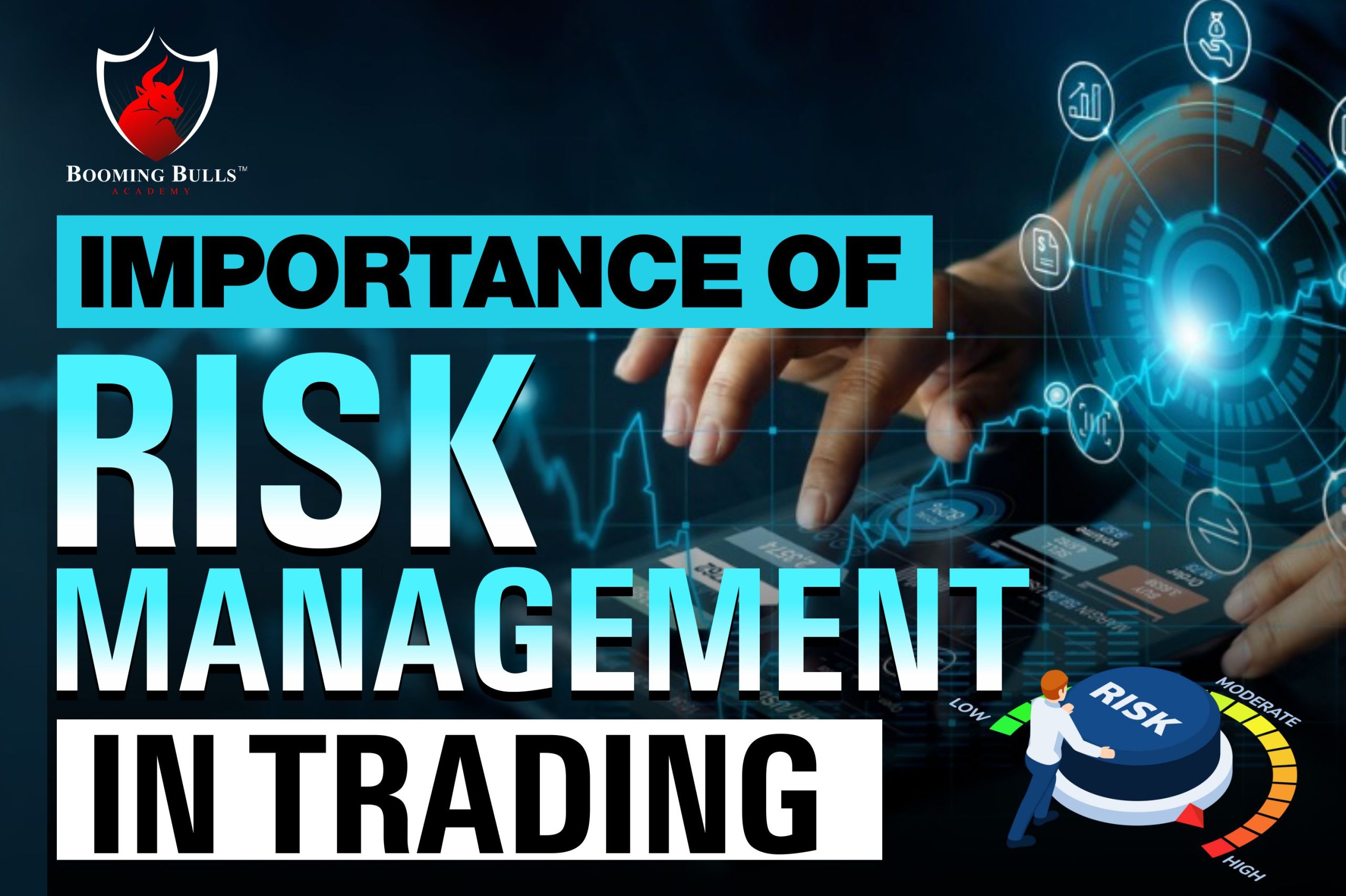The Crucial Importance of Risk Management in Achieving Business Objectives
In the quickly developing company landscape, the capacity to navigate uncertainty has actually become a crucial. This is where Risk Management actions in, offering a structured method to recognizing, assessing, and mitigating possible barricades to proceed. It's even more than just a protective step - it's a strategic tool, fostering durability and development. As we discover the vital duty of Risk Management in attaining organizational objectives, one can't help however question: exactly how does this equate right into real-world success?
Recognizing the Idea of Risk Management in Organization

The Integral Function of Risk Management in Strategic Preparation
Integrating Risk Management into tactical planning serves as a safeguard for companies, securing their long-lasting plans with a solid foundation of readiness and resilience. It runs as the company's radar, finding potential hazards and vulnerabilities that might interfere with the path in the direction of attaining their stated objectives. Risk Management offers a framework for expecting unpredictabilities and developing suitable feedbacks, making certain the organization's survival and success also when faced with hardship. By including Risk Management into strategic preparation, companies can change these uncertainties right into opportunities for growth and technology. This critical interweaving of Risk Management fosters adaptability, making organizations a lot more durable and enabling them to navigate the ever-changing service landscape with confidence. Subsequently, Risk Management becomes a vital device in calculated planning, instrumental in safeguarding sustainable success.

Strategies for Identifying, Assessing, and Prioritizing Risks
Navigating the complicated landscape of dangers needs the application of particular techniques for their recognition, analysis, and prioritization. The process begins with Risk identification, using tools such as SWOT evaluation, which find here assists in pinpointing possible threats and possibilities. Next off, Risk assessment is performed to identify the prospective influence and probability of each Risk. Tools such as Risk matrices and impact-probability charts are used for this. Lastly, dangers are prioritized based upon their prospective impact and likelihood, permitting companies to focus their resources on high-priority risks. This systematic strategy guarantees an extensive understanding of the Risk landscape, enabling companies to make informed choices and effectively take care of threats to attain their goals - importance of risk management.
Protecting Organizational Operations With Efficient Risk Management
In the organization landscape stuffed with unpredictabilities, reliable Risk Management plays an essential duty in guarding business procedures. By recognizing and examining prospective dangers, Risk Management enables organizations to establish durable contingency plans. Companies must spend in comprehensive Risk Management approaches to guard their operations.

Transforming Prospective Threats to Opportunities: The Power of Risk Management
While prospective dangers could at first look like barricades to organizational success, reliable Risk Management can transform them into chances. A positive approach to take the chance of Management includes recognizing, analyzing, and focusing on dangers to create strategies that transform them into prospective advantages. This process requires the growth of a risk-aware look at here culture within the company, urging individuals to watch threats as possible stimulants for change and growth, instead of mere risks. importance of risk management. Through this lens, potential threats come to be chances to innovate, improve processes, and reinforce durability. Therefore, by leveraging the power of Risk Management, companies can not only secure their operations but likewise spur development and accomplish their goals in an unforeseeable organization setting.
Situation Studies: Success Stories of Risk Management Driving Organization Objectives
Successful execution of Risk Management methods has generated excellent results in different companies, emphasizing the advantages of this method. International companies like Microsoft and Google, for circumstances, have leveraged Risk Management to decrease dangers and make use of chances, driving their organization objectives official site onward. These examples show just how effective Risk Management can not only guide services clear of possible challenges however also assist them towards their strategic goals.
Conclusion
In verdict, Risk Management is basically important in attaining business goals. By integrating Risk Management into strategic planning, services can better navigate unpredictabilities, protect operations, and capitalise on chances, thereby lining up with long-term objectives.
At its core, Risk Management is the process of identifying, examining, and attending to possible threats that could adversely impact an organization's goals or operations. Next, Risk evaluation is performed to identify the possible impact and possibility of each Risk. Threats are prioritized based on their potential influence and probability, enabling organizations to concentrate their resources on critical risks. By recognizing and assessing potential dangers, Risk Management makes it possible for organizations to establish robust contingency plans. An aggressive strategy to risk Management involves recognizing, evaluating, and focusing on risks to devise methods that turn them right into possible advantages.